A guest post by Sandra Orchard
Details. Not a hundred of them listed ad nauseum, but key details unique to the POV character that are both fresh and rich in sensory information. Dig deep into the scene. Don’t just say your hero is wearing jeans and a t-shirt. Maybe his mom hung them on the line to dry, and they’re stiff as a board and uncomfortable, not nicely worn in like they are after he’s worn them for a week.
See how this works? You can tell your reader that he’s wearing uncomfortable jeans, or you can give them a picture and a sense of how they feel.
The five senses are your most important friends.
Exploit them! Sticking with clothes for a moment–instead of saying Joe wore sneakers, draw your reader in by describing the squeaking sound they make as he chases a girl down the hall. And don’t forget those wires dangling from his ears. What sound is the observer hearing?
Okay, we’ve covered touch and sound. Sight isn’t a problem for most writers, but what about taste and smell? We don’t often read descriptions involving taste and smell (unless you’re reading romance).
Get up from your chair and walk outside. Take a big whiff and then come back. ….Waiting….Did you do it?….Waiting…
Okay, what did the air smell like? That fresh after-a-storm smell? The heavy, cloying, swallow-your-breath smell of humidity? Like a particular flower or tree? Like horse manure or car exhaust? These kinds of sensory details draw a reader into your story. They help them feel like they’re there.
The same with taste. And don’t restrict yourself to things you put in your mouth. That car exhaust has a definite taste. So do emotions.
Here’s an advanced technique for deepening the emotion of a scene.
The scenery, clothes, etc. that you’ve been describing are from your POV character’s point of view. If you applied last week’s lesson, you’re choosing words that convey that character’s mood in your description. Let’s take that one step further and describe the situation with a metaphor to convey that emotion.
Here’s an example from my new release, Deep Cover, written in the hero’s pov:
Ginny blinked once and then again more deliberately.
He’d forgotten how strikingly green her eyes were, like a forest he could get lost in for hours. Only now they seemed to be measuring him and finding him wanting.
The metaphor is green eyes like a forest he could get lost in four hours. It conveys a wistful sense that he’d like to get lost in looking at her. Since it’s preceded by “he’d forgotten”, it implies he’d once lost himself in those eyes. And then comes the hammer. Not going to happen. Notice the juxtaposition of the wistful feeling to “found wanting”. It makes the effect all the harsher.
A Challenge
When I teach a writing technique, especially encouraging the use of metaphors or the senses, I worry that a student will overuse it. Any technique will become destructive if overused. Choose only an occasional metaphor, and and and make sure it is relevant to the POV character. A high school student will not compare the English teacher’s backside to a German WWII tank, unless he’s a history buff. That said, neglecting the five senses will rob your story of realism.
Exercise:
- Look over a scene or story you’ve written. Do you have at least one of each of the five senses there? Do they evoke memories, include emotions, or set a mood? And just in case—check to see if you’ve overdone it. Remember: too many sensory images can be worse than too few.
- Step two: Do you have a metaphor in the scene? Can you include one? Try it. But it needs to be fresh (not “stiff as a board” like I used in my post…which is a simile, but those are good, too.) Be sure the metaphor is something your POV character would think.
Please share your favorite metaphors in the comment section. And feel free to ask questions.
 Author Sandra Orchard has been writing for nearly three decades but took time out to homeschool three children. She “graduated” to a new career when she contracted her first book with Love Inspired Suspense (formerly Steeplehill) the same day her youngest daughter entered college. That daughter, her student, is also a writer of award-winning short stories and articles for The Canadian Horse Journal and CinchMagazine.com, an Ezine which she also co-edits.
Author Sandra Orchard has been writing for nearly three decades but took time out to homeschool three children. She “graduated” to a new career when she contracted her first book with Love Inspired Suspense (formerly Steeplehill) the same day her youngest daughter entered college. That daughter, her student, is also a writer of award-winning short stories and articles for The Canadian Horse Journal and CinchMagazine.com, an Ezine which she also co-edits.
Deep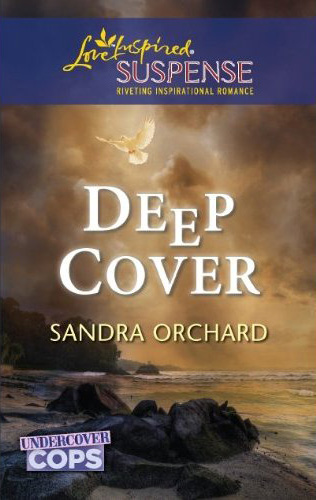 Cover, the debut novel in Sandra’s Undercover Cops series released in early September. Shades of Truth will follow in March 2012. You can read topnotch book reviews as well as inspiring true stories at her website www.SandraOrchard.com.
Cover, the debut novel in Sandra’s Undercover Cops series released in early September. Shades of Truth will follow in March 2012. You can read topnotch book reviews as well as inspiring true stories at her website www.SandraOrchard.com.
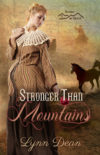
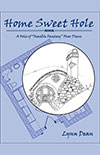

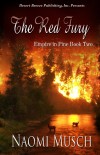
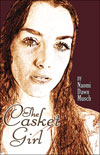
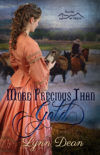


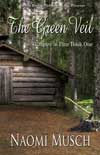







Speak Your Mind
You must be logged in to post a comment.